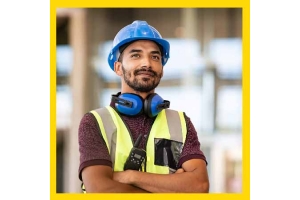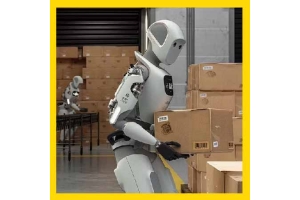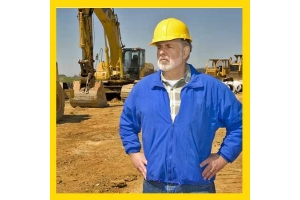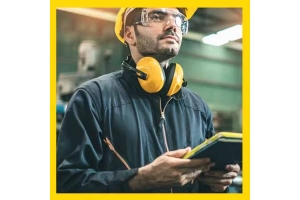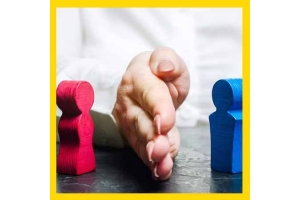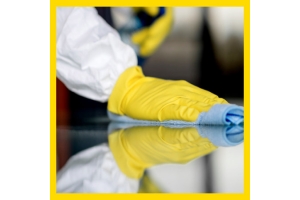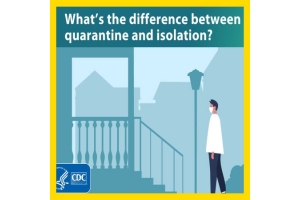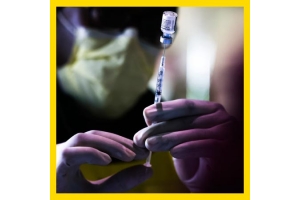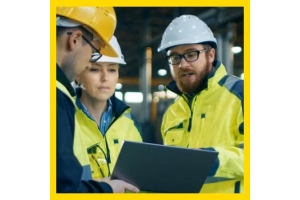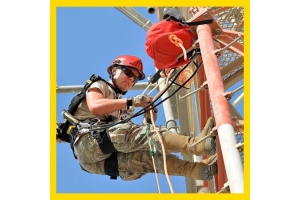Currency
-
August 30, 2017Eye injuries in the workplace are very common. The National Institute for Occupational Safety and Health (NIOSH) reports that every day about 2,000 U.S. workers sustain job-related eye injuries that require medical treatment. However, safety experts and eye doctors believe the right eye protection can lessen the severity or even prevent 90 percent of these eye injuries.
Chemicals or foreign objects in the eye and cuts or scrapes on the cornea are common eye injuries that occur at work. Other common eye injuries come from splashes with grease and oil, burns from steam, ultraviolet or infrared radiation exposure, and flying wood or metal chips.
In addition, health care workers, laboratory and janitorial staff, and other workers may be at risk of acquiring infectious diseases from eye exposure. Some infectious diseases can be transmitted through the mucous membranes of the eye. -
August 29, 2017Check out the 2017 Ansell Annual Report "Protection Reimagined"
PROTECTION & PERFORMANCE
Please click the links below to download the supporting documents for the Annual Reports
SOURCE:
http://www.ansell.com/en/About/Investor-Center/Annual-Reports.aspx -
August 28, 2017By Don Galman (don.galman@honeywell.com)
-
August 28, 2017The first step to having safety on our radar is addressing the reasons for accidents.
-
August 28, 2017The company calls it a starting point to help safety managers navigate the dangers of silica for their workers in construction and general industry.
-
August 27, 201724 August 2017
A construction company has been fined after a worker suffered life changing injuries after falling from scaffolding. -
August 27, 2017Teresa Hawkins, director of assessment at NEBOSH (National Examination Board for Occupational Safety and Health) discusses ISO 45001
-
August 27, 2017It is undeniable that the dynamics of delivering a construction project in the Gulf are rapidly changing. As regional leaders contend with the impact of reduced petrodollars, a new economy is emerging within the GCC’s building market. Developers, now faced with limited budgets, are demanding more environment-friendly projects, at lower costs, and within shorter timelines.
Now more than ever, a project manager holds the key to rationalising the oft-challenging demands of construction teams in the GCC. As William Haddad, chairman and founder of MACE Contractors, explains, shifting economic trends have reiterated the need for agility in project management teams.
“In these tight times, where every dirham counts and is counted, our focus has shifted to value-creation and value engineering,” Haddad tells Construction Week.
“Therefore, project managers have to become more -
August 27, 2017Before you buy your next pair of station or EMS boots, understand the standards and different features; your feet will thank you
-
August 27, 2017There are various industries that call for personal protection. For example, if you are working high off the ground on a roof, scaffolding or other high structure, you will need a safety harness to catch you if you fall. Then, safety glasses are important if you are working with anything that could get into your eye and cause harm. Finally, safety shoes are important when working around heavy objects that could fall on your feet or when sharp objects litter the ground. There are some working environments that call for all of these safety measures to be in place at the same time. Here are some specific situations that call for each of these in the workplace.
First, a safety harness has the potential to save your life and greatly reduce injury when utilized in high places. There are various styles of safety harnesses, but all of them accomplish the same task, which is to catch you if you slip and fall off a high surface you are working from or to suspend you in the air so a certain
